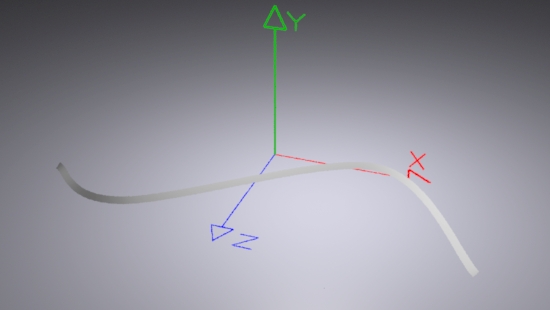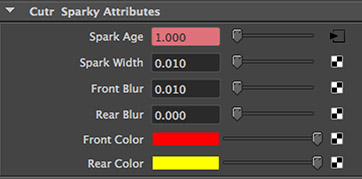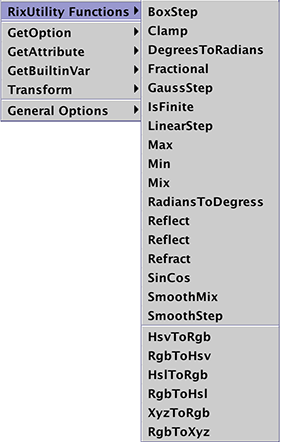Introduction
This tutorial presents a C++ pattern plugin called CutrSparky that was derived from an OSL
shader named sparky. Both the plugin and the shader when used with a Bxdf such as PxrConstant
can control the presence and color of a curve to provide the illusion of a particle or spark - figure 1 rollover.

Figure 1
Curve with and without "sparky" shading.
The OSL code for the original sparky shader is shown below.

